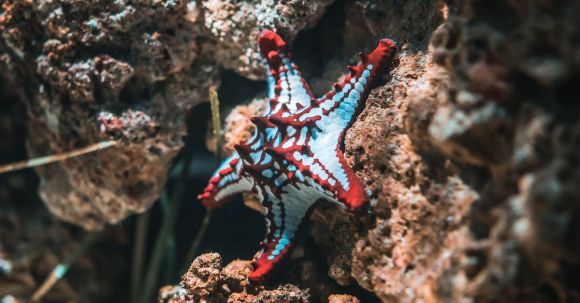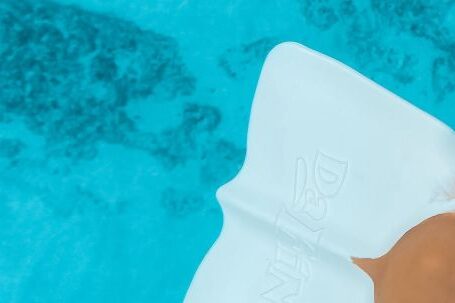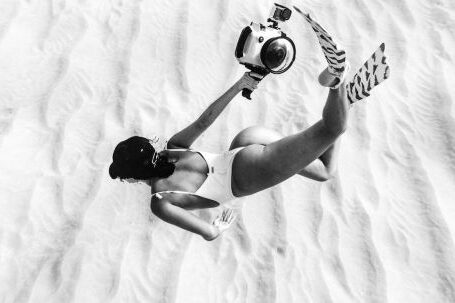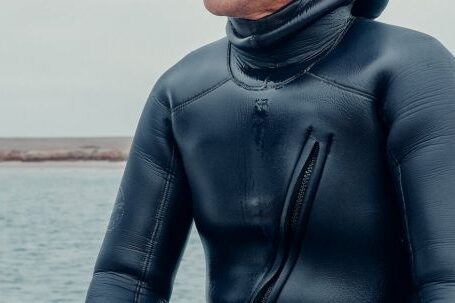Underwater photography is a captivating art form that allows us to explore the hidden wonders of the deep sea. One technique that can elevate your underwater photography to the next level is long exposure photography. By using this advanced technique, you can capture stunning images that convey the sense of movement and ethereal beauty of the underwater world. In this article, we will delve into the world of long exposure underwater photography and explore the steps and considerations to create mesmerizing images.
Choosing the Right Equipment
Before embarking on your long exposure underwater photography journey, it is important to have the right equipment. Firstly, you will need a camera that allows manual control over shutter speed. This will give you the flexibility to adjust the exposure time according to your creative vision. Additionally, investing in a sturdy underwater housing is crucial to protect your camera from the water’s elements and ensure its longevity.
Mastering the Basics
To capture mesmerizing long exposure underwater photographs, it is essential to have a solid understanding of the basics. Start by familiarizing yourself with the concept of shutter speed and how it affects the exposure of your image. Long exposure photography often requires slower shutter speeds, which means that more light is allowed to enter the camera sensor over a longer period of time. This results in beautiful motion blur and a sense of fluidity in your images.
Controlling the Light
Light plays a crucial role in any form of photography, and underwater photography is no exception. When practicing long exposure underwater photography, it is important to be mindful of the available light. Natural light is often limited in underwater environments, so it is crucial to choose the right time of day and dive in areas with good visibility. Additionally, utilizing artificial lighting, such as strobes or video lights, can help illuminate your subject and create captivating visual effects.
Stabilizing Your Camera
One of the challenges of long exposure underwater photography is keeping your camera steady during the exposure. The movement of water can cause your images to appear blurry or distorted. To overcome this, it is essential to stabilize your camera using a tripod or a sturdy platform. This will minimize any unwanted camera shake and ensure sharpness in your images.
Experimenting with Composition
Composition is another key aspect of creating stunning long exposure underwater photographs. As with any form of photography, the rule of thirds can be a useful guideline to create visually appealing compositions. Additionally, incorporating leading lines, such as the curves of coral reefs or the movement of marine life, can guide the viewer’s eye through the image. Don’t be afraid to experiment with different angles and perspectives to add depth and visual interest to your photographs.
Post-Processing Magic
Once you have captured your long exposure underwater images, the final step is post-processing. This is where you can truly bring out the ethereal beauty of your photographs. Adjusting the exposure, contrast, and saturation can help enhance the colors and tones in your images. Additionally, experimenting with different filters and effects can add a touch of creativity and uniqueness to your photographs.
In conclusion, long exposure underwater photography is a captivating technique that allows you to create mesmerizing images that convey the sense of movement and ethereal beauty of the underwater world. By mastering the basics, choosing the right equipment, and experimenting with composition, you can capture stunning images that will leave viewers in awe. So dive into the world of long exposure underwater photography and unlock the hidden wonders beneath the surface.





